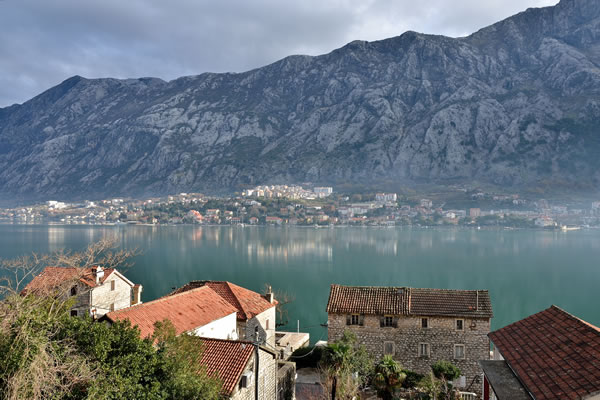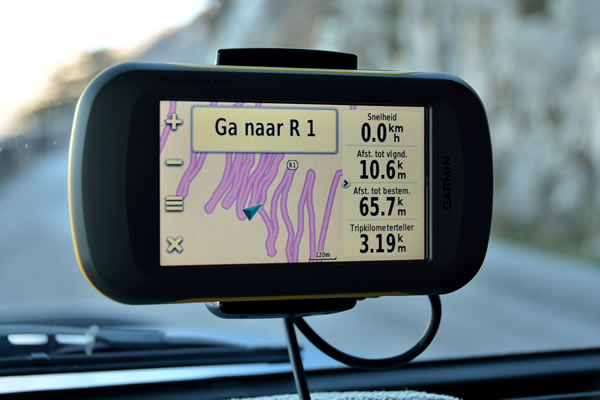English | Dutch |
|
| Black Mountain | |
Pristina (Kosovo), January 12th 2014
|
|
| |
|
It won’t surprise most people when they hear that Montenegro literally means "Black Mountain". This small and mountainous country in the southern part of the Balkan is a tourist paradise and you will understand it when you have the chance to spend a few days here. Only seven hundred thousand people inhabit the country and the national identity is mainly linked to the fact that the Montenegrins have been able to resist the Ottoman Empire, huge parts of the Balkan during most of the Middle Ages, and the centuries that followed.
|
|
 |
|
Border between Bosnia & Herzegovina and Montenegro |
|
But there is also a small downside to this success. In the typical European summer months (July and August) it is extremely busy in the coastal areas of Montenegro. Prices of accommodation reach extreme heights, if you can find a room at all. Expensive yachts manage to find the small ports of the Montenegrin seaside resorts and one has to fight for a spot on one of the many terraces. However, if you decide to come outside the main season, then you have the country almost for yourself, and can’t you only enjoy all the beauty that the country has to offer, but also at very reasonable prices. A nice apartment with everything you need for less than 30 Euro per night is quite normal outside the season.
| |
 |
|
View on the Bay of Kotor seen from our apartment |
|
From the national park it is only an hour drive to the capital of Montenegro: Podgorica. It is a pleasant town with no interesting sights. About a quarter of the Montenegrins live in the capital, but you can’t really call it a city. Therefore, a stay of one or two days is more than enough. Due to the winter conditions large parts of the mountainous north of the country were inaccessible, but the road through Mojkovac, Berane and Rozaje was open. After Rozaje the road climbed further, and after a great trip we arrived at an altitude of 1700 meters, surrounded by a snowy landscape, at the border crossing between Montenegro and Kosovo. It was time to say goodbye to this beautiful mountainous little country, and it might just be case that we will return here to see more of this beautiful country. |
|
 |
|
The old town of Kotor is in perfect condition |
|
 |
|
Climb the mountain behind Kotor for fabulous views on the old town and the bay |
|
 |
|
Hairpin roads on the way to Lovcen NP |
|
 |
|
The top of the world in Lovcen NP |
|
 |
|
Snowy landscape between the border posts of Montenegro and Kosovo |
|